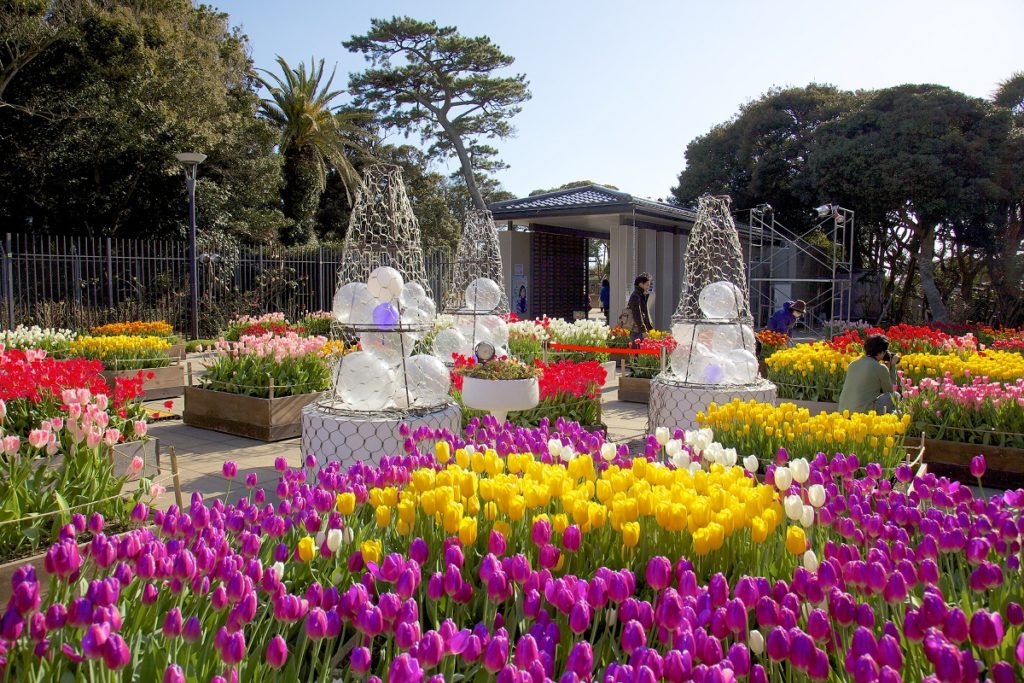A Seasonal Flower Tour Along the Odakyu Line
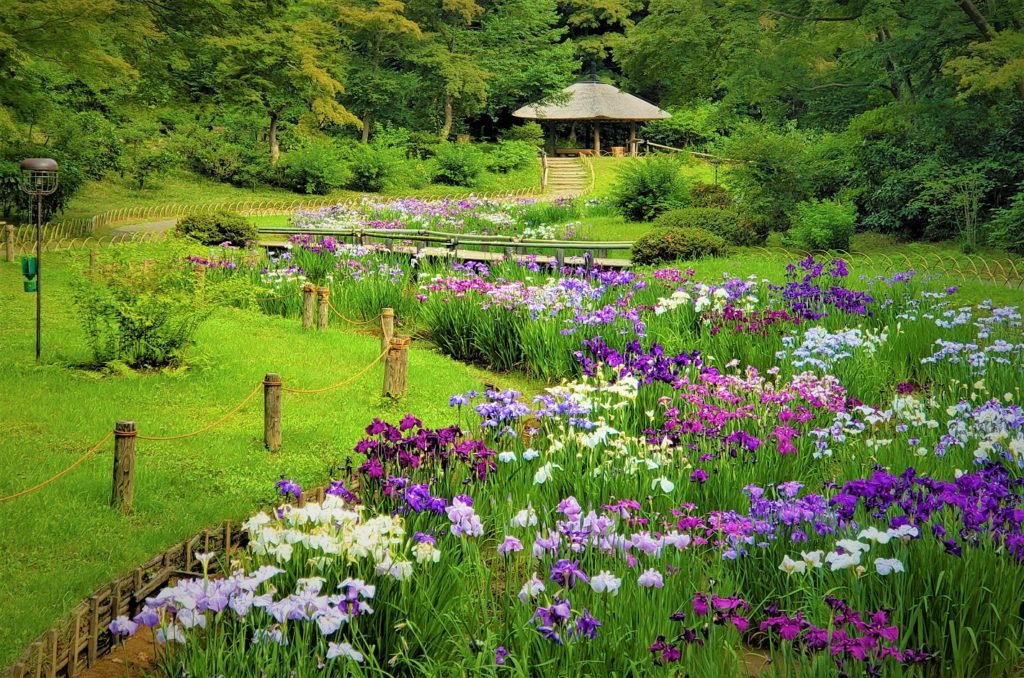
Along the Odakyu Line, which stretches from Shinjuku to Hakone, Enoshima, and Kamakura, there are many famous flower spots throughout the year. Starting with plum blossoms in early spring, to tulips in winter, why not go to the famous flower spots accessible on the line? In addition, many of these locations have facilities where you can see a variety of flowers throughout the four seasons, and no matter what time of year you visit, seasonal flowers are either blooming, or you’re greeted by beautiful gardens and scenery.
[February - March: Plum Blossoms] One of the Best Viewing Spots in Tokyo to Enjoy a Variety of Plum Blossoms for a Long Time / Hanegi Park
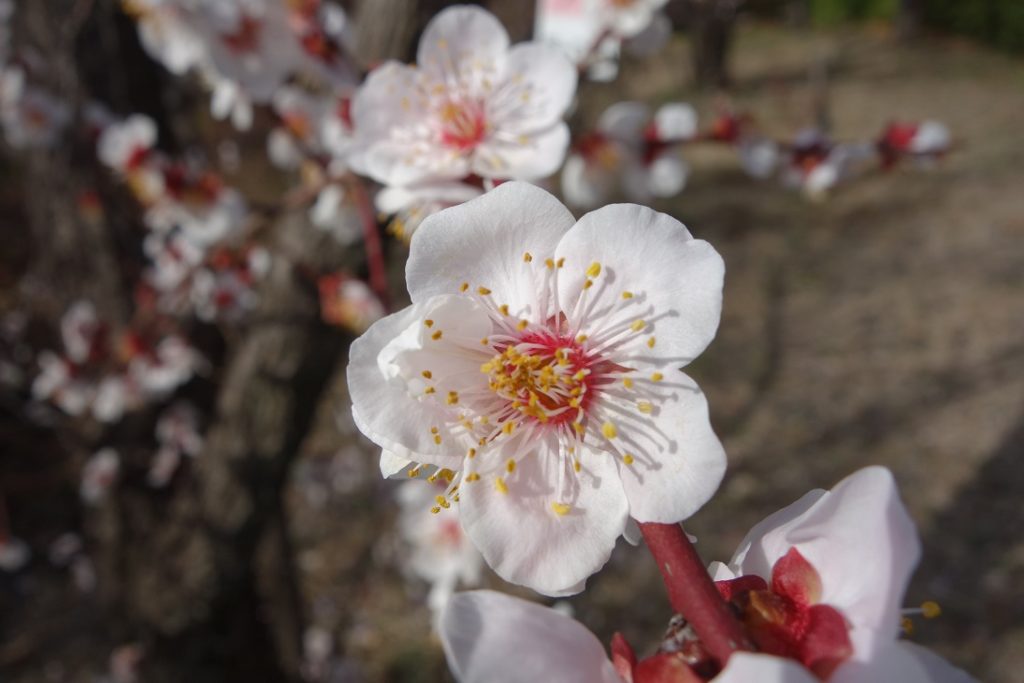
The plum grove within the park is one of Tokyo's best spots for viewing plum blossoms, with a total of about 650 trees and 60 varieties planted, including about 270 red and 380 white plums. The flowering time varies depending on the variety, so its appeal is the long duration in which you can enjoy them, usually from mid-December to early March. The park takes advantage of the flow of the small hills and it still has thickets of trees, making it hard to believe this idyllic atmosphere is so close to the city center. During the plum season, brightly colored red plums and neat white plums decorate the park, so the world suddenly becomes brighter.
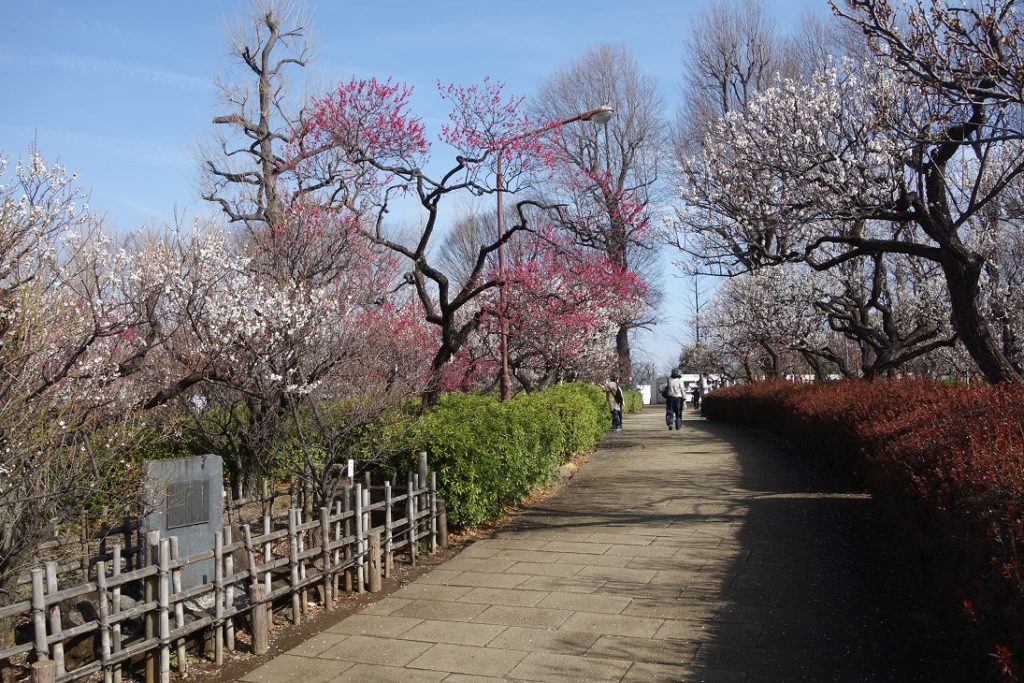
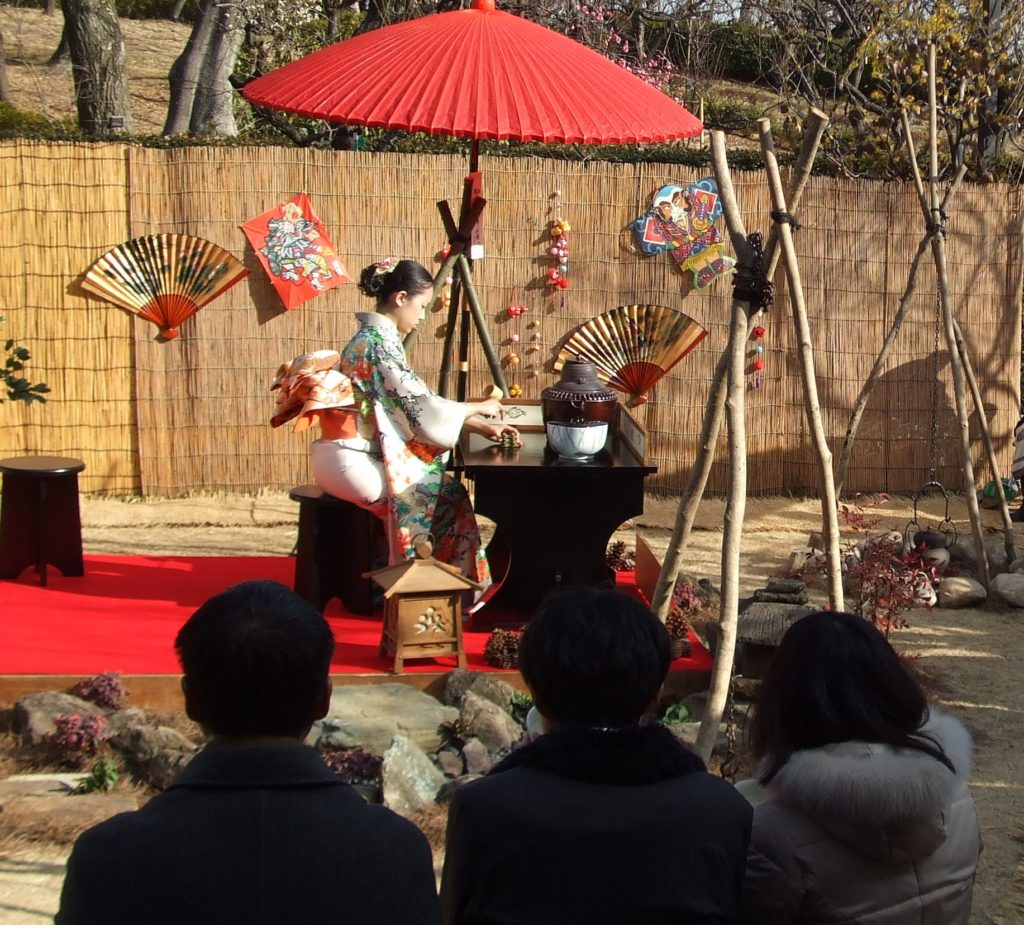
During the "Setagaya Ume (Plum Blossom) Festival" held yearly to coincide with the blooming plum blossoms, “amazake” services, Japanese drum performances, outdoor tea ceremonies, orchestral performances, and more, will be held. Also, on Saturdays, Sundays, and holidays during the period, plum jam, pesticide-free “umeboshi,” “plum yokan,” “plum daifuku,” and other plum-related foods will be sold.
[January/April: Peonies] Enjoy Peonies in a Shrine Garden Reminiscent of Eternity / Tsurugaoka Hachimangu
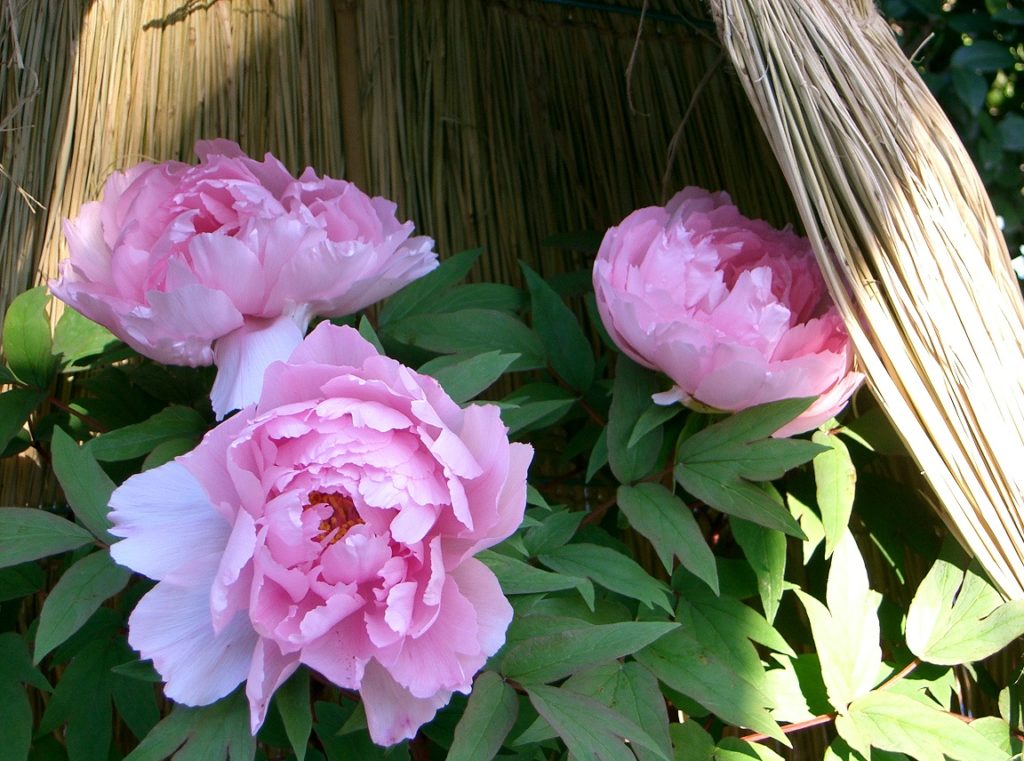
Minamoto no Yoritomo, who founded the Kamakura Shogunate, considered this shrine the guardian deity of the Genji clan, and both the precincts and shrine itself have a beautiful, timeless, and majestic atmosphere. In "The Peony Garden" is a Japanese garden built in 1980 to commemorate the 800th anniversary of the founding of Tsurugaoka Hachimangu. Winter peonies (New Year's peonies) and spring peonies (Kamakura peonies) are planted on the banks of Genpei Pond in the precincts and open only during their respective flowering seasons.
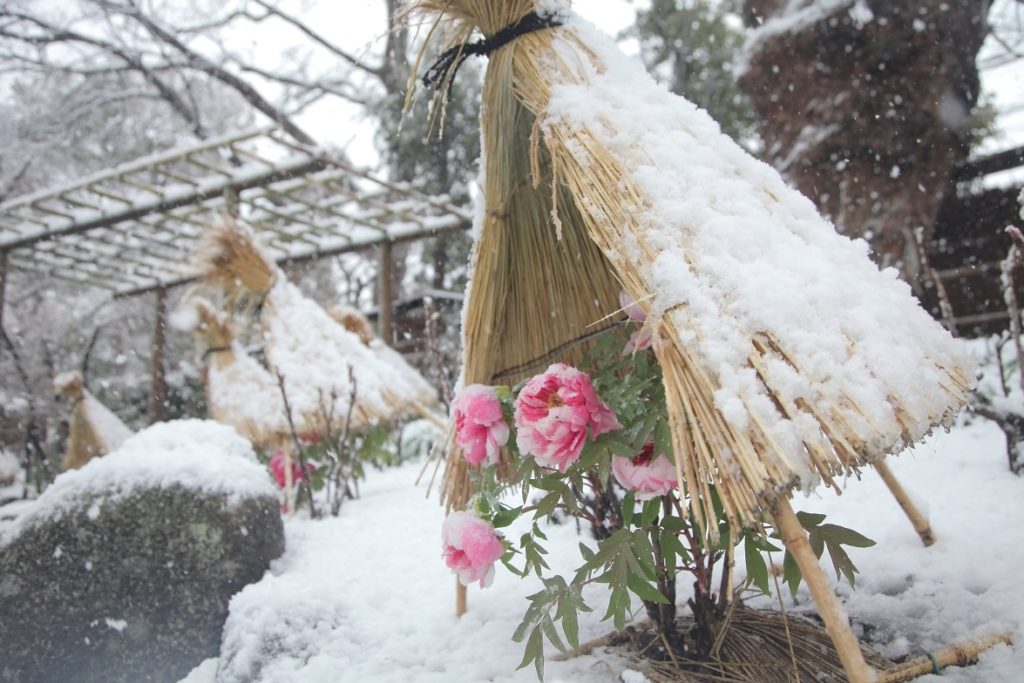
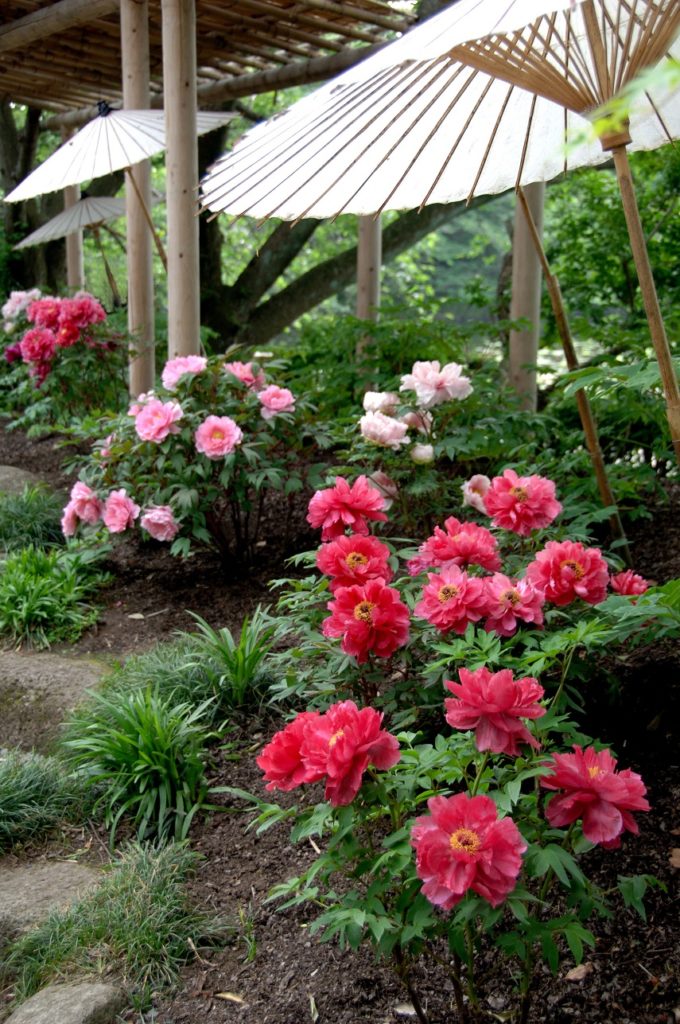
[April: Cherry Blossoms]
Enjoy Spectacular Early Spring Views Starting from Wintersweet to Cherry Blossoms and Lavender / Nishihirabatake Park (Matsudayama Herb Garden)
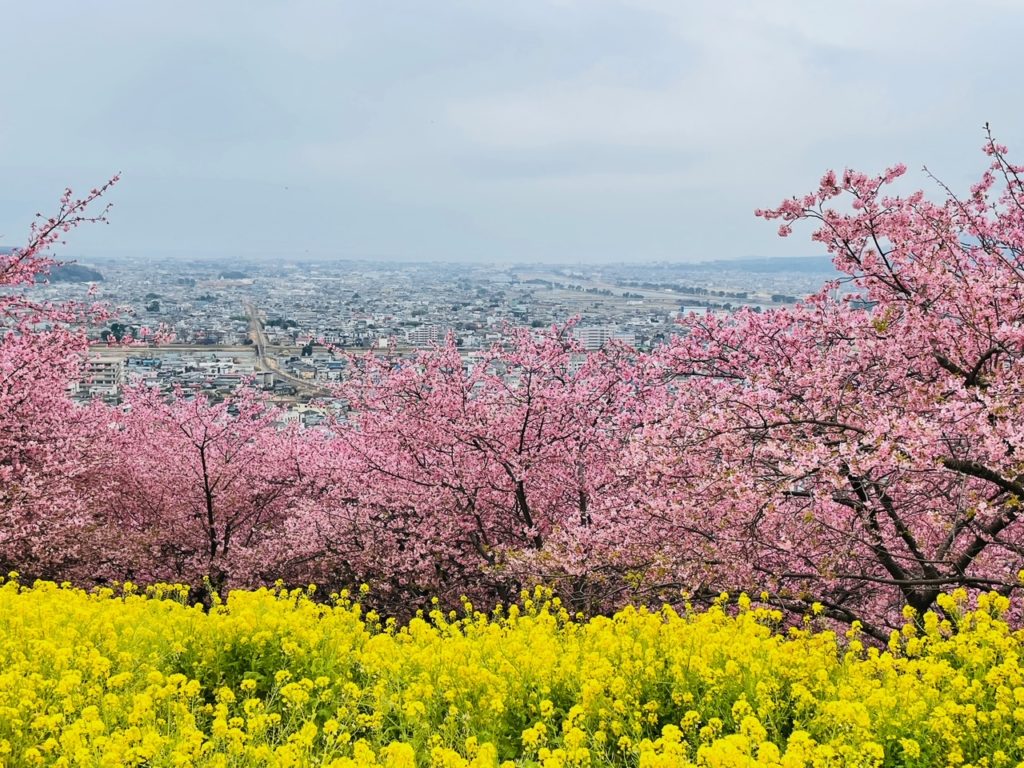
A famous spot for early blooming cherry blossoms visited by 100,000 people yearly. The sight of light red cherry blossoms covering the gentle slope is incredible. Usually, from early February to early March, the "Matsuda Cherry Blossom Festival" is held, and it’s crowded with many food trucks and booths. Along with the early arriving spring scenery, you can see a panoramic view of Mt. Fuji, Mt. Ooyama, and the Tanzawa Mountains.
The herb garden inside the park is crowded with many visitors when the lavender blooms in June. You can also enjoy seasonal herbs and flowers in addition to a variety of music, food, and children's events that are held.
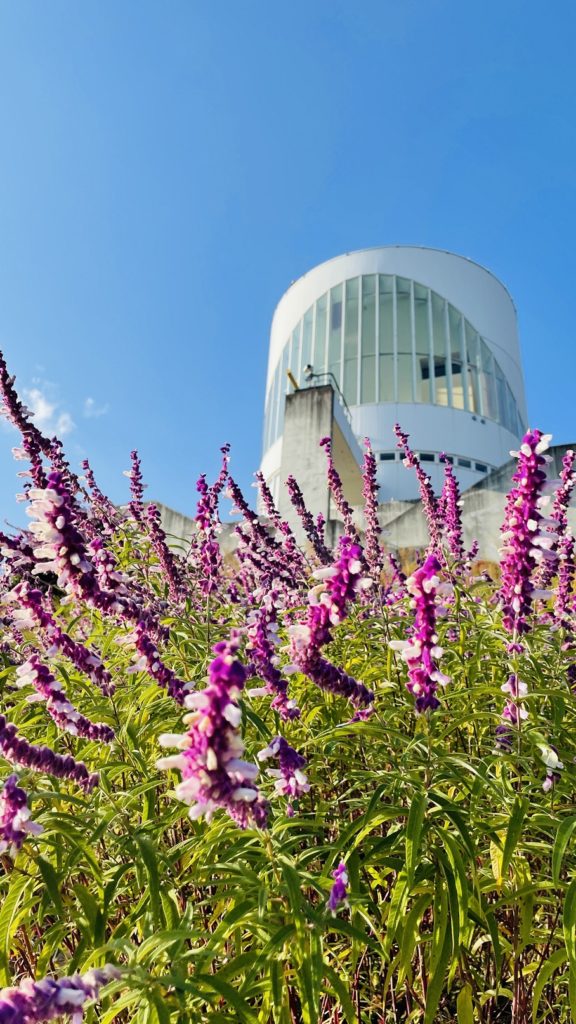
[May: Japanese Iris] Japanese Iris Where Traces of Musashino Remain in the Heart of the City / Meiji Jingu Gyoen

A garden (pay-to-enter) located on the grounds of the Meiji Jingu Shrine. The garden existed before the founding of the shrine, and it’s said that this garden was a factor in deciding to place Meiji Jingu Shrine in Yoyogi. It differs from a typical Japanese garden where trees, stones, and ponds are carefully designed and built, as the garden instead takes advantage of the varied topography with its paths and rice fields, allowing you to enjoy the rustic feel of walking through nature. Around June every year, about 1,500 irises of 150 different varieties bloom in the “Iris Garden,” heralding the arrival of early summer.
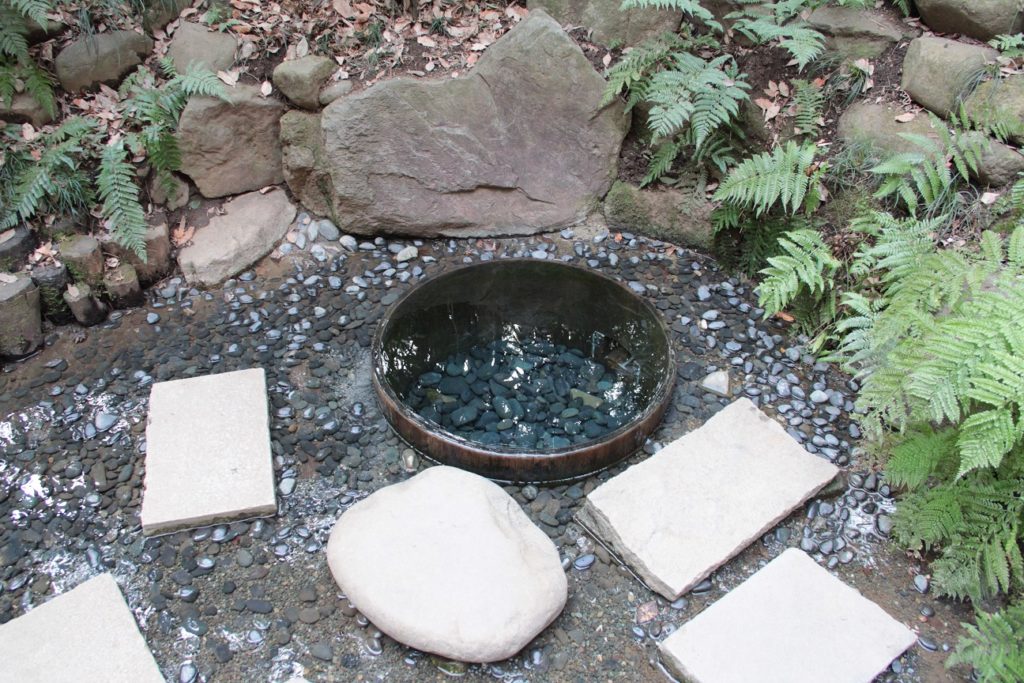
Originally the garden to an Edo-period samurai residence, it’s a garden for recreation that was developed by Emperor Meiji for Empress Shoken, and it’s said that the emperor himself had the irises planted here. Don't miss Kiyomasa's Well, which is famous as a powerful spiritual spot and is the source of the clear water that keeps the Iris Garden watered.
In autumn, the garden's beautiful autumn foliage dyeing the place red is also a must-see.
[June: Hydrangeas] Hydrangeas Blooming in an Old Temple Called "Paradise in Kamakura"/Hasedera Temple
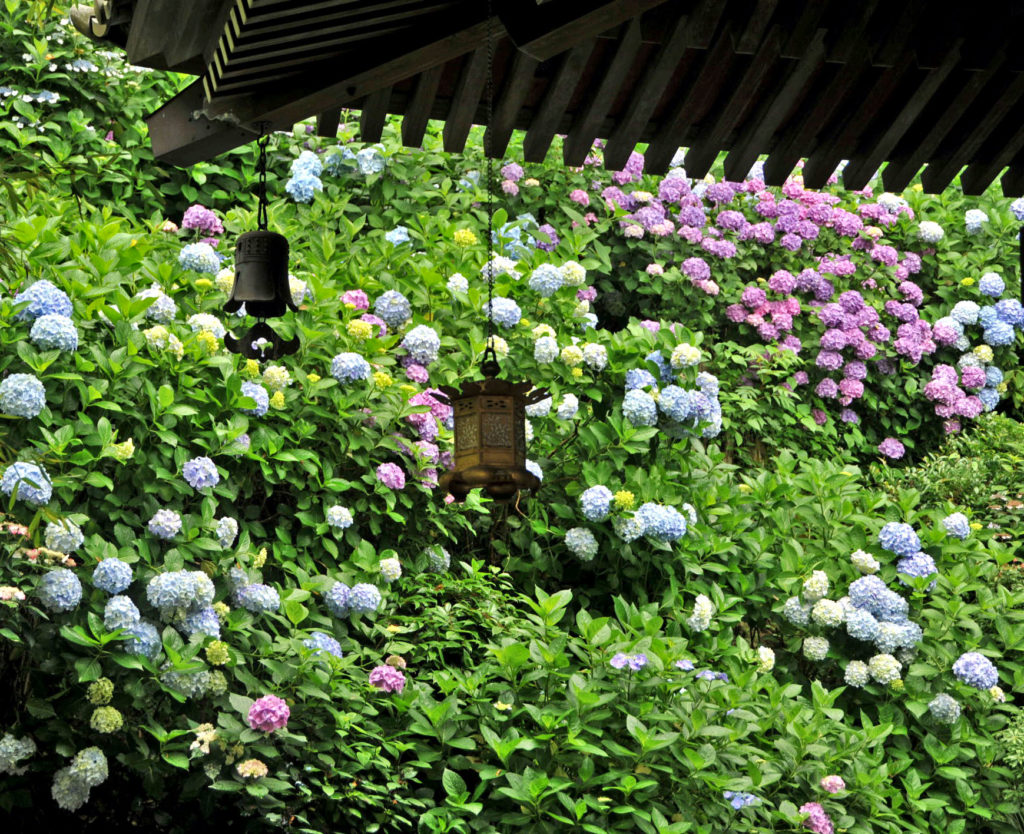
The temple is known as a "temple of flowers" because of its abundance of flowers throughout the four seasons. This is especially true in June, the best time to see hydrangeas, of which the temple has 2,500 plants comprising 40 varieties that create a picturesque scene. Other flowers include plum blossoms in January, Kawazu cherry blossoms in February, peach blossoms in March, peonies and wisteria in April, irises in June, lilies in July, chrysanthemums and red spider lilies in September, autumn leaves and camellia sasanquas in November, and Japanese camellias in December.
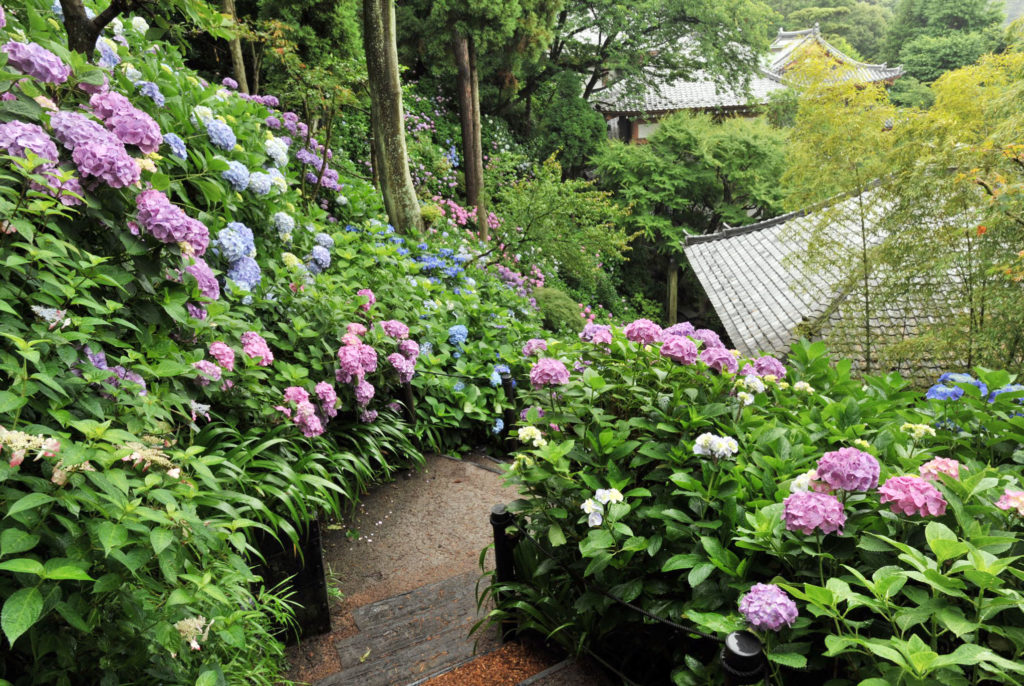
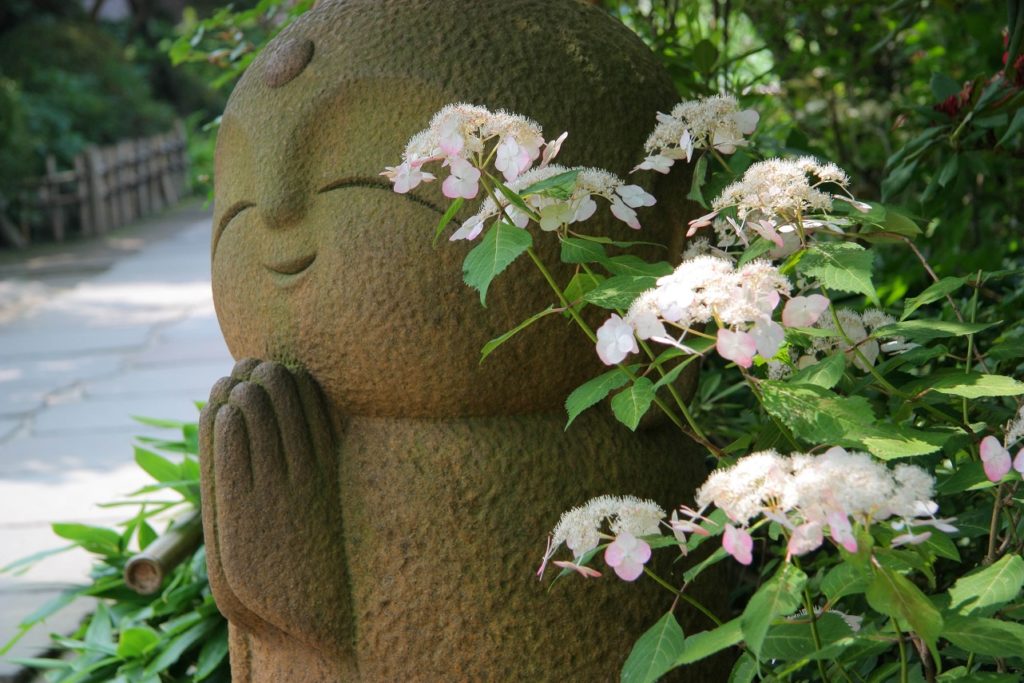
Hasedera Temple is one of the oldest temples in Kamakura with a history of 1,300 years. And because of the flowers blooming throughout the year, it’s also known as "Kamakura's Western Paradise." Don't miss the Kannon Museum where you can see the statue of the eleven-faced Goddess of Mercy or the observation deck from which you can see the whole city of Kamakura and Sagami Bay. You can also see the hydrangeas on the temple grounds from the deck, and it’s said to be one of Kamakura's most scenic spots.
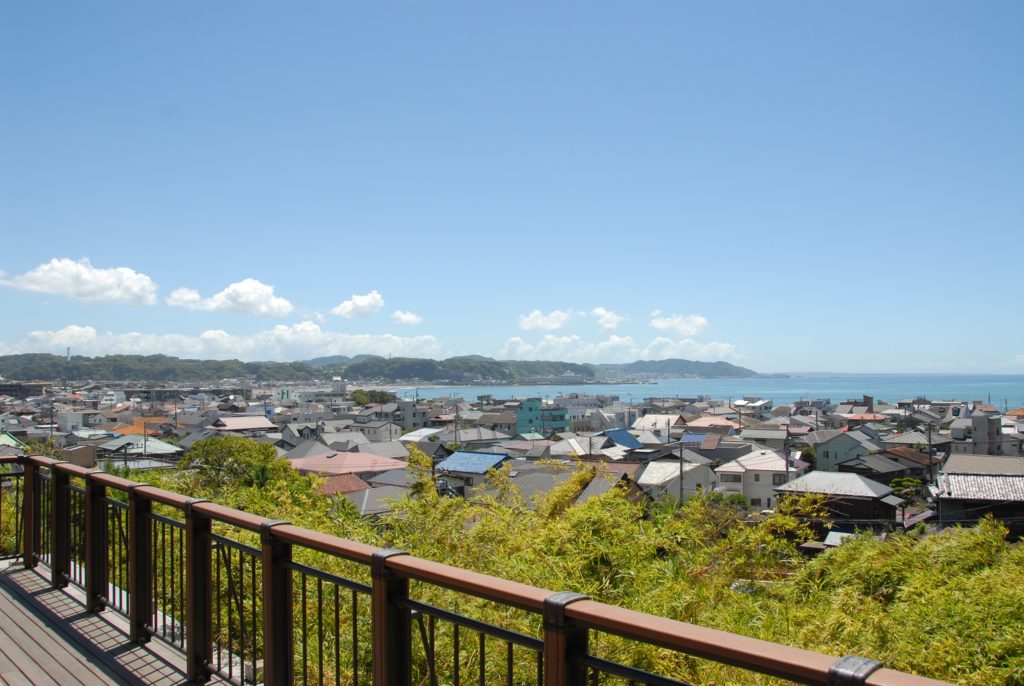
[August: Sunflowers] Spectacular View of Sunflower Fields Spreading at the Foot of Scenic Mountains/Zama Sunflower Field
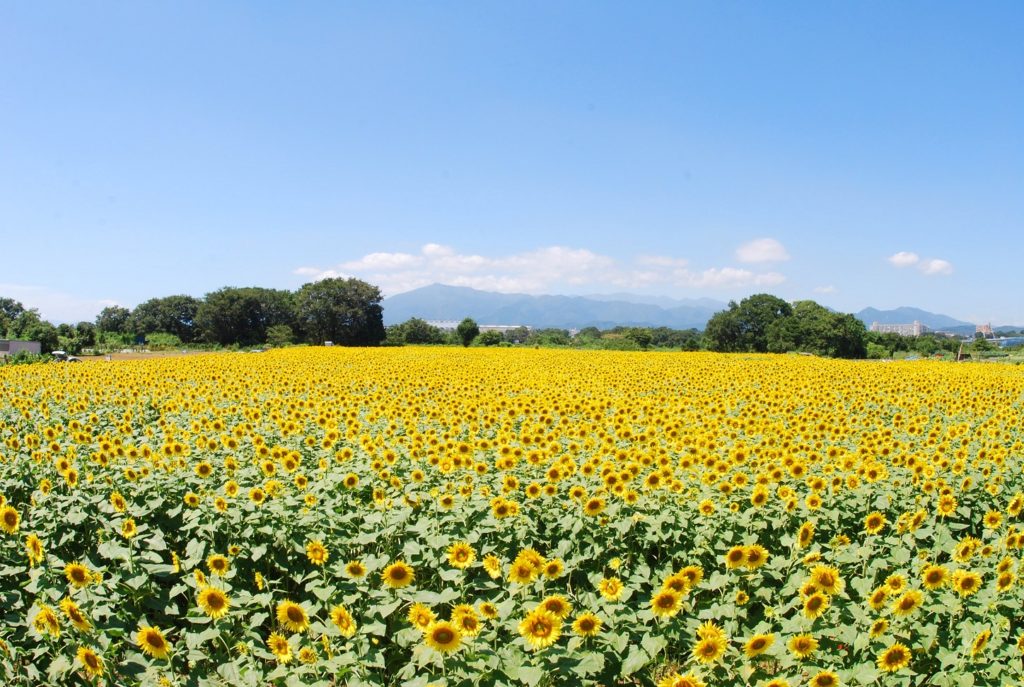
In mid-August every year, 550,000 sunflowers bloom in the Zama Sunflower Field in Zama City. The sight of large open fields filled with large sunflowers standing against the blue sky is spectacular. An observation deck and photo spot have also been set up, and about 100,000 people visit the Sunflower Festival held for about four days every year.
During the festival, there will be stalls set up by restaurants in the city and stalls selling cut flowers and agricultural products. There will also be events for adults and children alike, such as sweetfish catching and a sunflower photo contest.
[December to January: Winter Tulips] Winter Tulips That Bring Spring with Their Bright Colors/Enoshima Samuel Cocking Garden
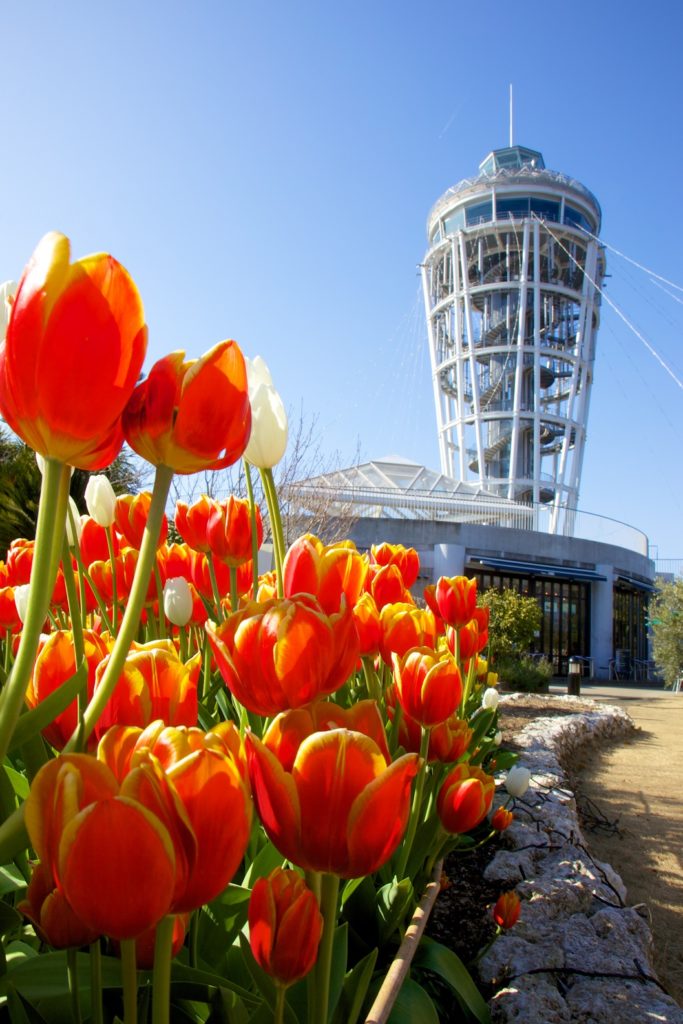
At Samuel Cocking Garden, a botanical garden located at the top of Enoshima, approximately 10,000 tulips are planted every year. Usually from December to late January, they bloom in a variety of colors including red, white, yellow, and pink, creating an early spring scene. Enjoy the warm, pleasant feeling of spring on a winter day.
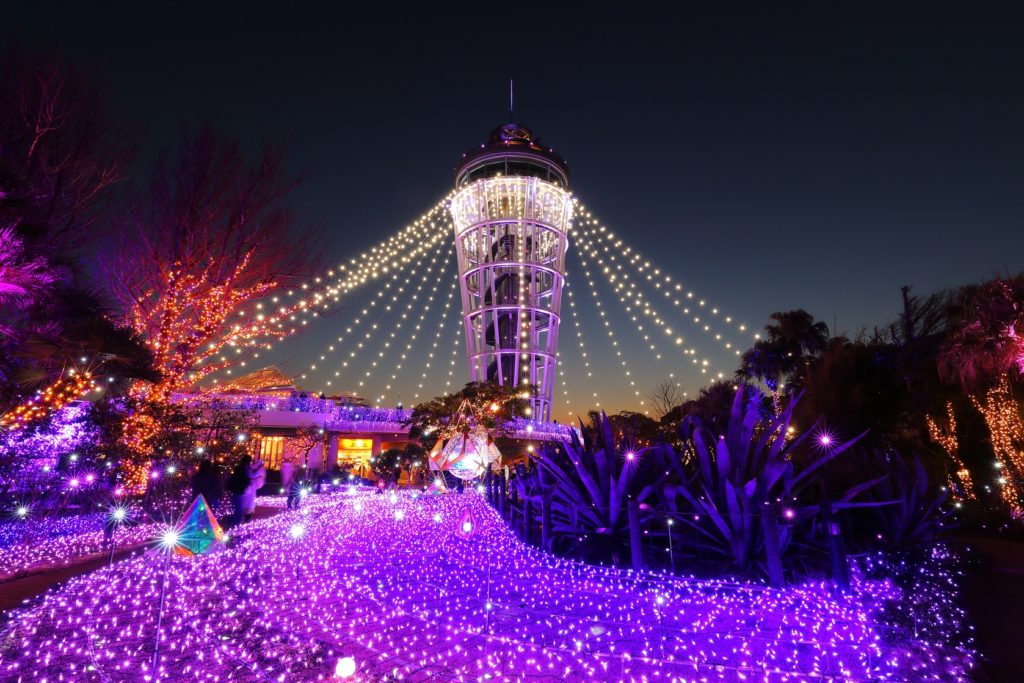
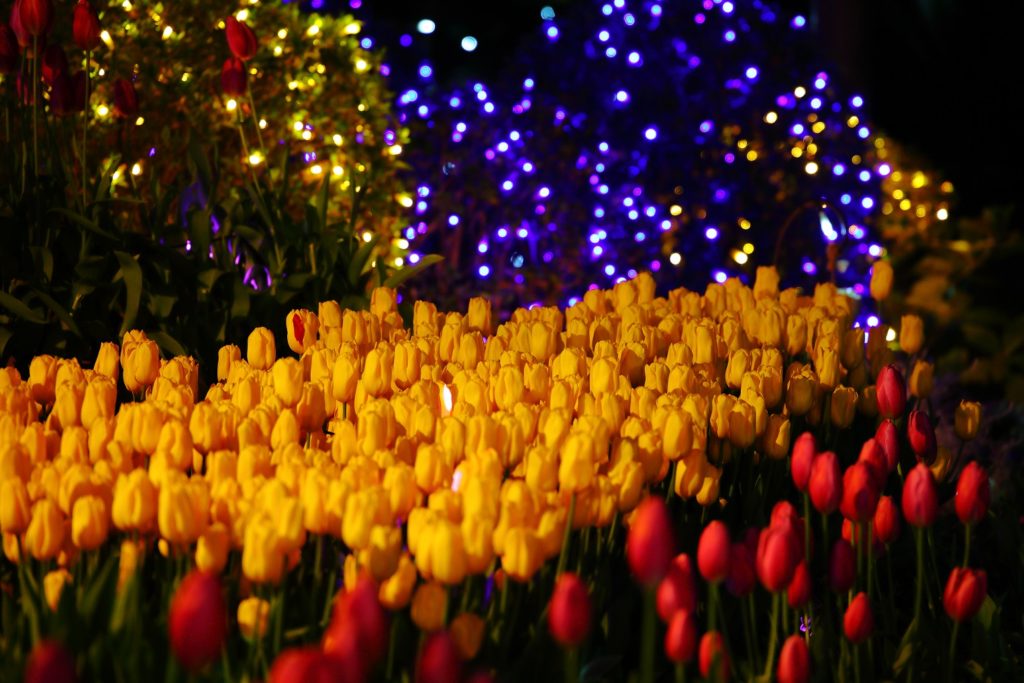
The garden also has a terrace cafe with a great view of the sky, sea, and sunset, as well as a cafe where you can enjoy sweets, a select store, and a gallery, offering a variety of enjoyable activities.
Another highlight is the observatory lighthouse with a spectacular view of Mt. Fuji and the sunset over Sagami Bay. When the winter tulips are in bloom, the park is decorated at night with the "Jewels of Shonan," one of the three most popular illuminations in the Kanto region. It’s a fantastic world to experience.
